Herbal gardening has long been a cherished practice, offering both beauty and bounty to outdoor spaces. Among the many varieties of herbs, heirloom plants stand out for their rich history, unique flavors, and cultural significance. These timeless plants, passed down through generations, are not just culinary treasures but also valuable for their medicinal and decorative qualities. However, growing heirloom herbs can present unique challenges, from understanding their specific care requirements to navigating compatibility with neighboring plants. In this comprehensive guide, we’ll explore the secrets of successfully growing heirloom herbs, including tips on planting combinations, seasonal timing, and overcoming common obstacles. Whether you’re a seasoned gardener or new to the world of heirloom plants, this article will provide you with the knowledge and confidence to cultivate these special plants with ease and enjoy their many benefits.
What Are Heirloom Herbs?
Heirloom herbs are non-hybrid plants that have been passed down through generations. These varieties often exhibit unique traits, hardiness, and distinctive flavors that set them apart from modern, hybridized options. Heirloom herbs are cherished for their ability to thrive in diverse conditions and for preserving traditional gardening practices.
Characteristics of Heirloom Herbs
- Non-Hybrid: Unlike hybrid seeds, heirloom herbs retain their genetic integrity, allowing them to reproduce true to type over generations.
- Historical Value: Many heirloom varieties have been around for centuries, carrying cultural and historical significance.
- Unique Traits: Each heirloom herb has distinct features, flavors, and growth habits that make them irreplaceable in the garden.
- Resilience: These plants are known for their adaptability and ability to survive in various environments, making them ideal for sustainable gardening.
Benefits of Growing Heirloom Herbs
- Superior Flavor: Heirloom herbs often have richer, more complex flavors compared to their hybrid counterparts.
- Nutritional Richness: Many heirloom varieties are packed with nutrients, offering healthier options for cooking.
- Cultural Significance: Preserving heirloom herbs helps maintain biodiversity and cultural heritage.
Why Are Heirloom Herbs Popular?
- Unique Flavors: Their distinct tastes make them sought after by chefs and food enthusiasts.
- Heritage Preservation: Heirloom gardening helps protect rare and endangered plant varieties.
- Sustainable Practices: By growing heirlooms, gardeners contribute to sustainable agriculture and reduce reliance on industrial seed production.
- Gardening Satisfaction: The challenge of growing these historic plants can be rewarding and fulfilling.
How to Grow Heirloom Herbs
- Choose the Right Variety: Select heirloom herbs suited to your climate, soil, and growing season.
- Plan Your Garden: Allocate space for each herb, considering their growth patterns and needs.
- Plant Properly: Follow planting guidelines, spacing plants appropriately, and providing adequate sunlight and water.
- Maintain Regularly: Monitor plants for pests, diseases, and proper care to ensure healthy growth.
For high-quality heirloom herb seeds and plants, visit Old Seed . Explore our collection of timeless varieties and discover the joy of growing something truly special.
Herbs That Should Not Be Planted Together
- Basil and Oregano – Both are strong-scented herbs that can overpower each other.
- Rosemary and Sage – These Mediterranean herbs may compete for nutrients and space.
- Mint and Fennel – Mint can spread rapidly, while fennel’s bulbs require significant space.
- Parsley and Cilantro – Both cool-season herbs may bolt in hot weather and attract pests.
For more tips on companion planting and garden harmony, visit our Companion Planting Guide .
When Is the Best Time to Start an Herb Garden?
The optimal month to begin an herb garden depends on various factors, including the type of herbs you wish to grow, your geographical location, and the specific techniques you employ. Here’s a structured guide to help you determine the best time:
- Spring Planting:** – Many herbs thrive in cooler weather, making spring an excellent time to start an herb garden. Herbs like basil, parsley, and cilantro can be directly seeded in late spring or started indoors in mid-spring for a head start. – Consider using transplants for herbs that require cooler conditions to reduce the risk of frost heave.
- Fall Planting:** – For perennials and cool-season herbs such as rosemary, thyme, and sage, fall is an ideal time to plant. This allows these herbs to establish roots before winter, ensuring robust growth in the following spring. – Fall planting can also accommodate biennial herbs like lavender, which benefit from the mild winter temperatures in many regions.
- Seasonal Harvesting:** – By staggering planting times, you can enjoy a continuous harvest throughout the year. For instance, planting lettuces in both spring and fall ensures a supply of fresh greens during winter months.
- Regional Considerations:** – In warmer climates, spring planting is typically more straightforward. Conversely, in cooler areas, following local gardening guidelines based on your USDA zone can optimize success.
- Gardening Techniques:** – Utilize transplants for herbs that require a longer establishment period, particularly those sensitive to temperature fluctuations. – Plan your garden layout carefully, considering spacing requirements and companion planting benefits to enhance growth and deter pests.
- Watering Needs:** – Adjust watering schedules according to the season. Spring-planted herbs may need more frequent attention, while fall-planted herbs tend to be more drought-tolerant once established.
By understanding these considerations, you can tailor your herb garden to thrive throughout the year, maximizing productivity and enjoyment.
Are Heirloom Plants Harder to Grow?
Heirloom plants are not inherently harder to grow than hybrid or genetically modified varieties. In fact, many heirloom plants are easier to grow once you understand their specific needs and preferences. However, there are a few key differences to consider:
- Adaptability: Heirloom plants are often better suited to specific regions and growing conditions. This adaptability can reduce the need for pesticides and chemicals, making them easier to maintain in the long run.
- Care Requirements: While heirlooms may require more attention to detail, this usually translates to better yields and healthier plants. Proper watering, mulching, and seasonal care can make growing heirlooms straightforward.
- Seed Saving: One of the key benefits of heirloom plants is their ability to produce viable seeds for the next year. This makes them a cost-effective and sustainable option for gardeners.
For those new to heirloom gardening, it’s essential to research specific varieties and their care requirements. Many resources, such as Old Seed , offer detailed guides and tips tailored to different plant types. By understanding the unique characteristics of heirloom plants, you can enjoy bountiful harvests and preserve these traditional varieties for future generations.
Disadvantages of Heirloom Seeds
While heirloom seeds offer unique benefits, they also come with certain drawbacks:
- Higher Susceptibility to Diseases: Heirloom seeds are often more vulnerable to diseases compared to hybrid varieties. This is because they haven’t been selectively bred for disease resistance, making them more prone to common issues like powdery mildew and blight.
- Lower Germination Rates: Over time, heirloom seeds may lose their viability or germination rate, especially if they’re not properly stored. Proper seed storage can help maintain germination rates, but it requires careful attention.
- Need for Manual Pollination: Many heirloom varieties are open-pollinated, meaning they rely on bees and other pollinators. This means you’ll need to ensure proper pollination occurs, which can be challenging and requires extra effort.
- Space Requirements: Heirloom plants often grow larger and require more space than hybrid varieties. This can be a disadvantage for gardeners with limited space or those growing in urban settings.
For optimal success with heirloom seeds, consider implementing sustainable gardening practices and proper seed management techniques. Additionally, explore our top picks for heirloom seeds to maximize your gardening efforts.
What is the Most Difficult Plant to Cultivate?
Cultivating plants can be a rewarding experience, but some species pose unique challenges due to their specific requirements. Among the hardest plants to grow, certain varieties demand precise conditions, specialized care, and patience. Here are some of the most difficult plants to cultivate:
- Orchids : Known for their delicate beauty, orchids are notoriously finicky. They require precise control of temperature, humidity, and light exposure. Many orchid species are epiphytic, meaning they grow on tree branches or rocks without soil, further complicating cultivation.
- Gardenias : These fragrant flowers are beloved for their beauty but can be tricky to grow. They prefer consistent moisture, well-draining soil, and a balanced fertilizer. Overwatering or under-watering can lead to root rot or nutrient deficiencies.
- Fiddle Leaf Fig : Often called the “ficus” family, these plants are popular houseplants but can be challenging to maintain. They require high humidity, consistent temperatures, and proper pruning to stay healthy. Root rot is a common issue if the soil isn’t well-drained.
- Boston Fern : A popular ornamental fern, Boston ferns thrive in shaded, moist environments. They can be difficult to propagate and may require frequent division to prevent overcrowding. Their slow growth rate also adds to the challenge.
Additionally, plants like Haworthia , Echeveria , and Philodendron are often considered difficult due to their specific soil preferences and susceptibility to pests. Each of these plants demands careful attention to detail to thrive in indoor or outdoor settings.
When cultivating these challenging plants, it’s essential to research their specific needs. Factors such as light exposure, watering habits, soil type, and air circulation play a crucial role in their success. For example, orchids benefit from a balance of bright sunlight and shade, while ferns thrive in areas with consistent humidity and shade.
For those looking to tackle these difficult plants, patience and knowledge are key. With the right care, these challenging species can reward you with beautiful, thriving displays. Whether you’re a seasoned gardener or a novice plant enthusiast, understanding each plant’s requirements will help you succeed in cultivating them.
Looking for more tips and resources to help you grow these hard-to-cultivate plants? Visit our Old Seed website for guides, tips, and everything you need to know about heirloom gardening and sustainable practices.

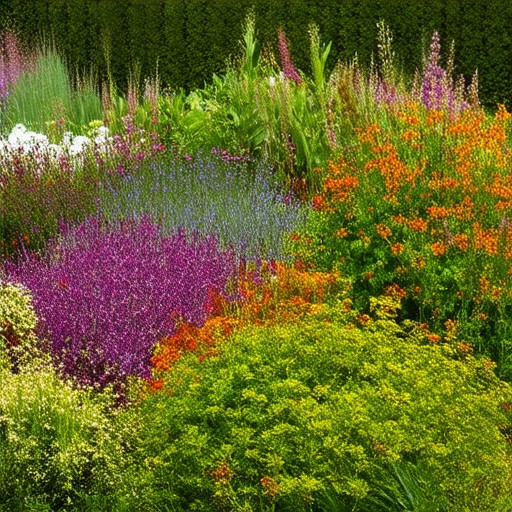
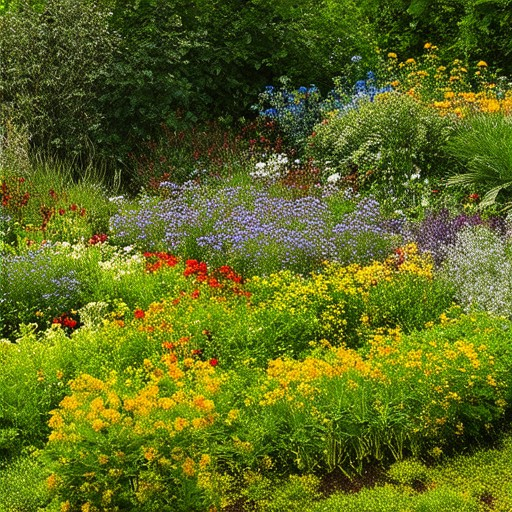


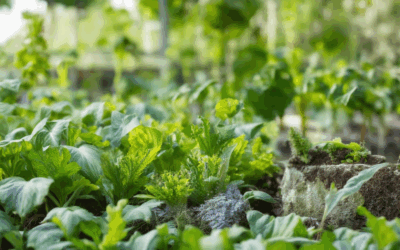
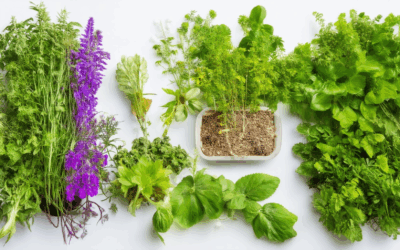
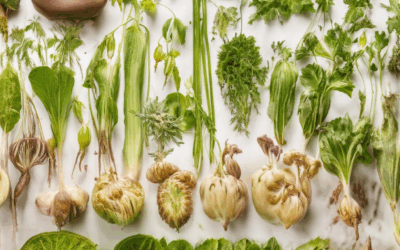
0 Comments